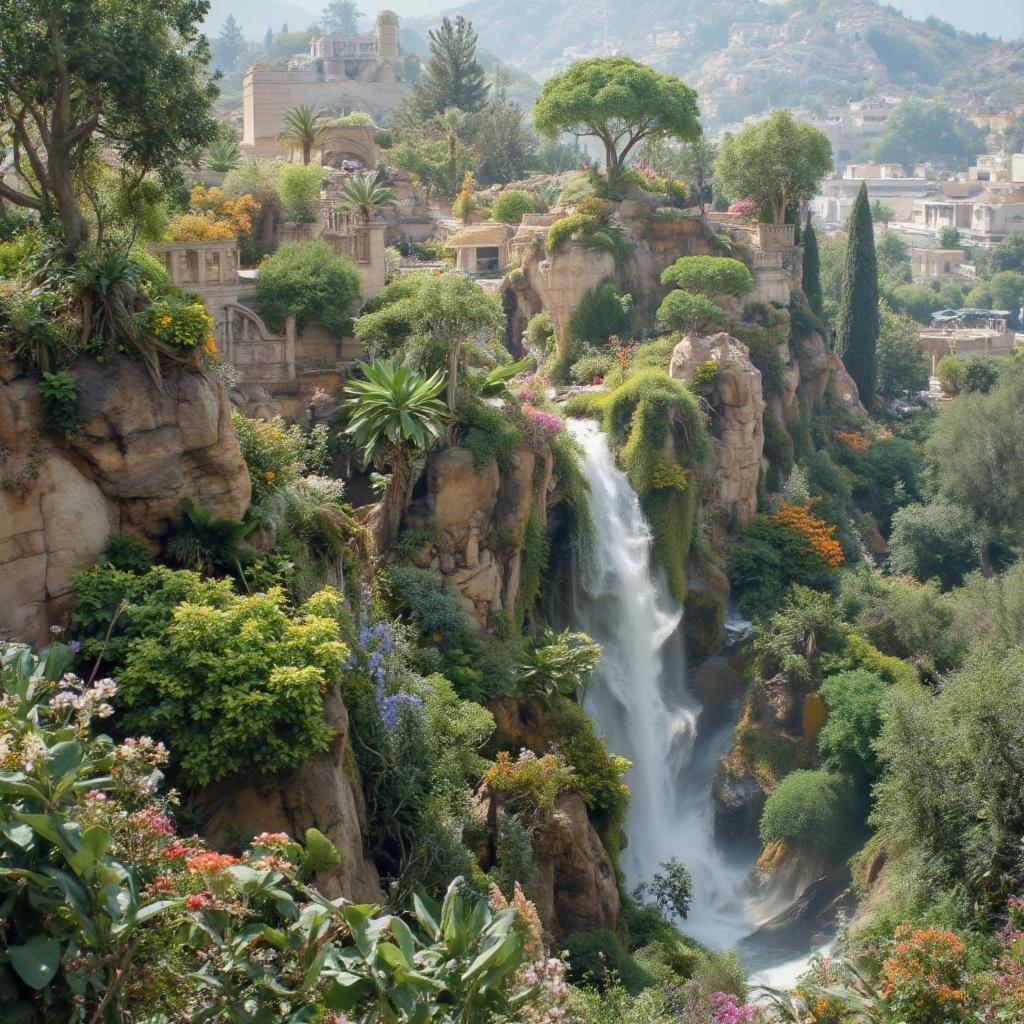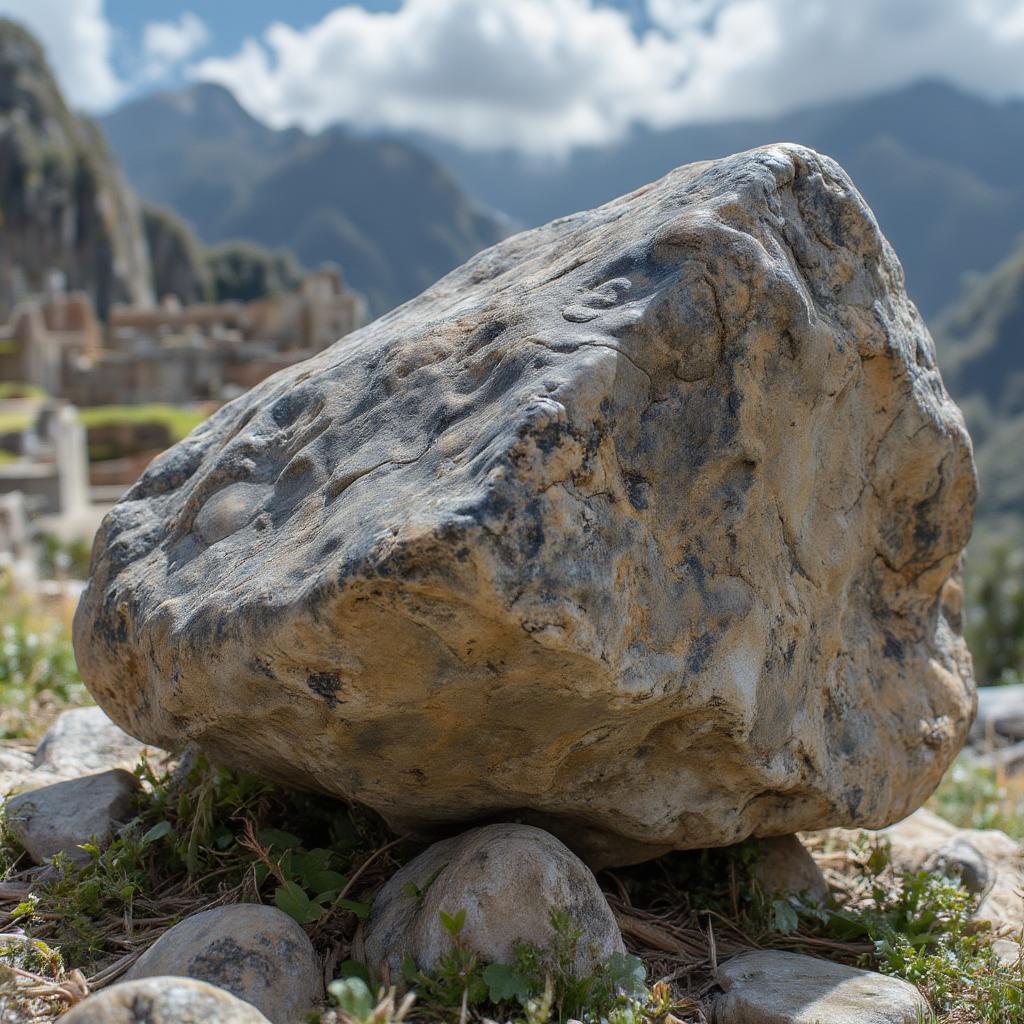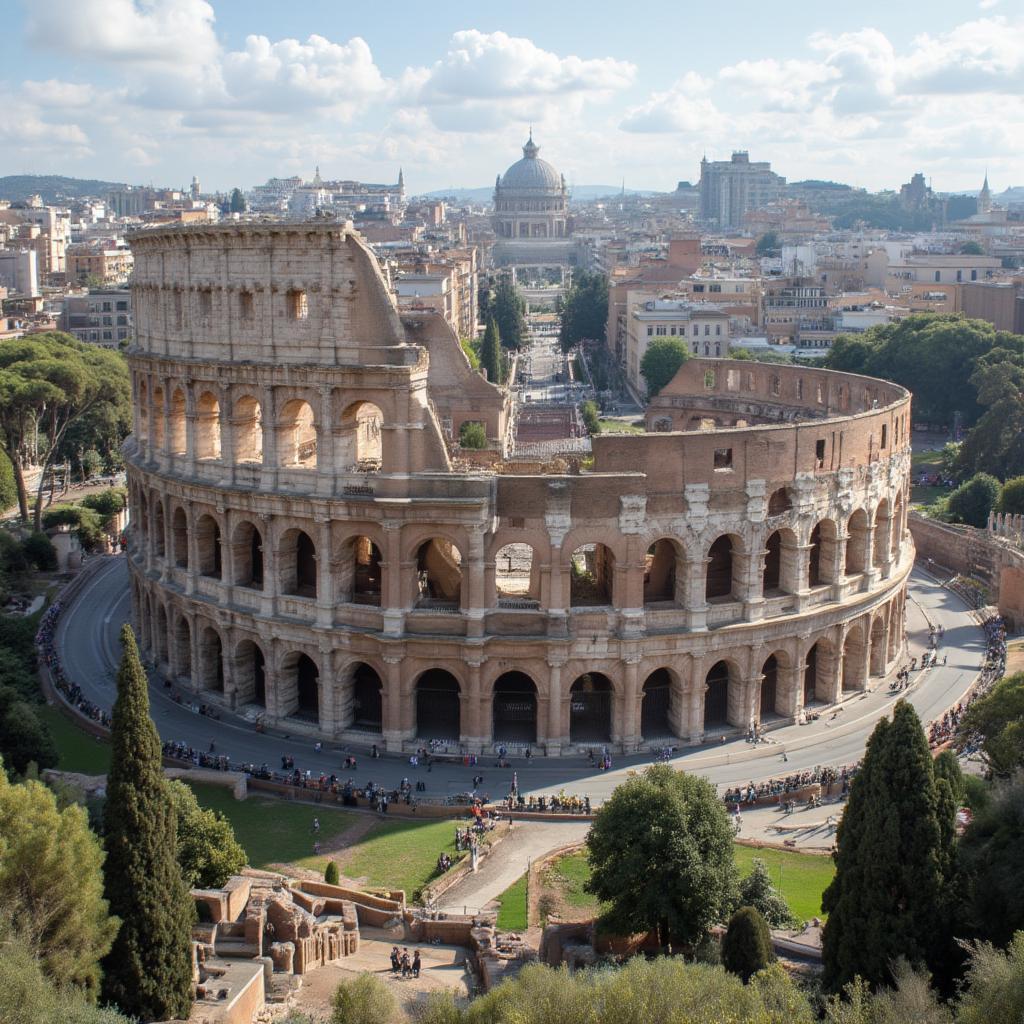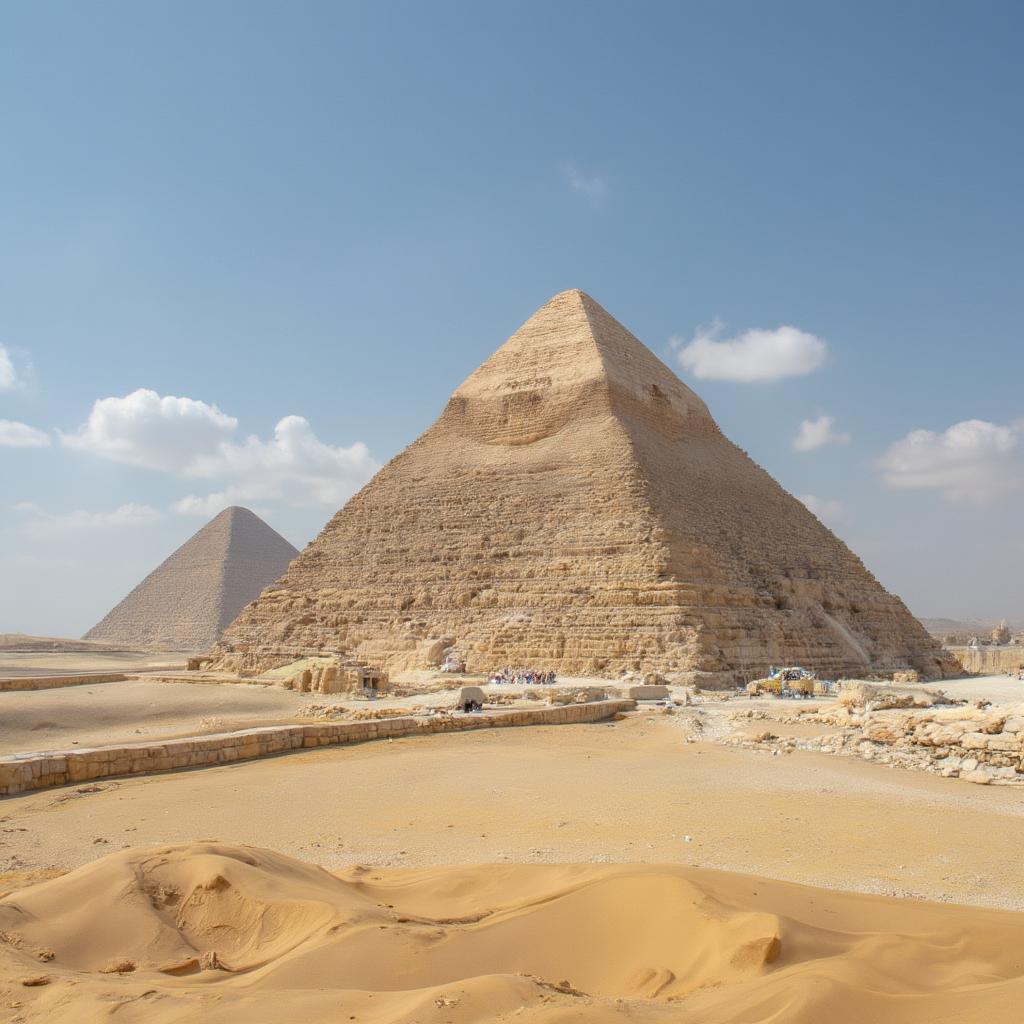7 Wonders of the World Encyclopedia: A Journey Through Time and Marvels
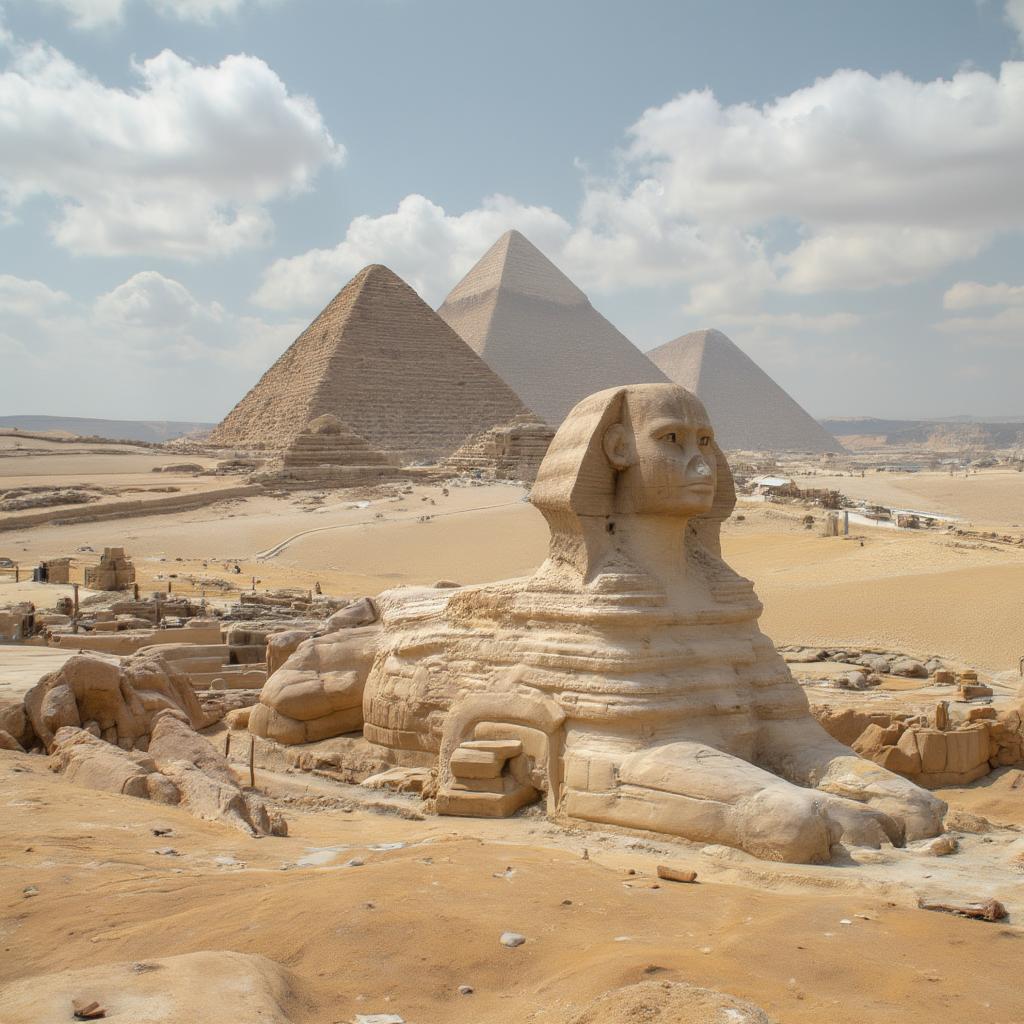
The 7 Wonders Of The World Encyclopedia is more than just a list; it’s a journey through history, architecture, and human ingenuity. These magnificent structures, both ancient and modern, continue to inspire awe and wonder, beckoning us to explore the rich tapestry of our past and the boundless creativity of our species. From the pyramids of Giza to the Great Wall of China, each wonder tells a unique story, offering a glimpse into the civilizations that shaped our world.
What are the 7 Wonders of the World? A Historical Overview
The concept of a list of ‘wonders’ dates back to antiquity, with various lists compiled over centuries. The most enduring and widely recognized are the Seven Wonders of the Ancient World, which included iconic sites like the Colossus of Rhodes, the Lighthouse of Alexandria, and the Hanging Gardens of Babylon. Tragically, most of these ancient wonders have been lost to the ravages of time, leaving behind only ruins and fragments of their former glory. However, their legendary status has continued to fuel our fascination with the past. Today when we talk about the Seven Wonders of the World, we most often refer to the New 7 Wonders of the World, a list compiled in 2007 through a global poll. This list represents a diversity of human achievement, showcasing architectural marvels, historical landmarks and natural sites.
The New 7 Wonders: A Global Celebration
The New 7 Wonders of the World represent a fascinating selection of sites, each offering a unique cultural and historical perspective. These wonders are not just physical structures, they are a testament to human endeavor. Here’s a brief exploration of each one:
- The Great Wall of China: A monumental fortification stretching thousands of kilometers, it’s a powerful symbol of China’s rich history and resilience.
- Chichén Itzá: An impressive Mayan city on Mexico’s Yucatan Peninsula, featuring the iconic El Castillo pyramid, which shows advanced astronomical understanding.
- Christ the Redeemer: The iconic statue of Jesus Christ atop Corcovado Mountain in Rio de Janeiro, Brazil stands as a symbol of faith and welcome.
- Colosseum: The largest ancient amphitheater in the world, located in Rome, Italy, a marvel of Roman engineering and architecture.
- Machu Picchu: An ancient Inca citadel nestled high in the Andes Mountains of Peru, it remains a mystical and breathtaking archaeological site.
- Petra: A stunning ancient city in Jordan, carved into sandstone cliffs, it showcases Nabataean ingenuity and trade prowess.
- Taj Mahal: An exquisite ivory-white marble mausoleum in Agra, India, a masterpiece of Mughal architecture and an enduring symbol of love.
“The selection of the New 7 Wonders was a monumental undertaking, involving a global vote, and it truly reflects the diversity and complexity of human civilization. Each site is not just a physical wonder, but a cultural treasure.” – Dr. Eleanor Vance, Professor of Archaeology at the University of Cambridge.
Exploring the Ancient Wonders: Echoes of a Forgotten World
While the New 7 Wonders are a fantastic modern selection, we can’t forget the wonders that inspired the very concept itself. The Seven Wonders of the Ancient World were legendary in their own right, and their stories and remnants continue to capture our imagination. These included:
- The Great Pyramid of Giza: The oldest and only remaining ancient wonder, this is an engineering marvel of incredible scale and complexity.
- Hanging Gardens of Babylon: A legendary oasis of lush vegetation, its existence is still debated, but the myth continues to fascinate.
- Statue of Zeus at Olympia: A massive golden statue dedicated to the King of the Gods, unfortunately, lost to time.
- Temple of Artemis at Ephesus: A grand temple to the Greek Goddess of the hunt, only fragments of the temple remain.
- Mausoleum at Halicarnassus: A lavish tomb built for Mausolus, the design became the source for the word “mausoleum”.
- Colossus of Rhodes: A massive bronze statue of the sun god Helios, that stood tall over the harbor of Rhodes before collapsing in an earthquake.
- Lighthouse of Alexandria: A towering lighthouse considered the tallest structure built during its time, unfortunately, it was destroyed by earthquakes.
Why Were These Structures Considered “Wonders”?
The term “wonder” at the time, was a description of the most impressive man-made marvels known to the ancient Greeks. These locations were deemed “wonders” not only for their impressive size and beauty, but also for the immense human effort that went into creating them. Each structure represented some level of innovation, architectural expertise, or dedication that was considered extraordinary at the time. They were the greatest achievements of their era. They told of the power and ambition of those who built them.

How Do These Wonders Impact Modern Culture?
The impact of both the ancient and new wonders of the world on modern culture is profound. They inspire artists, architects, and writers, their forms and stories woven into our collective imagination. These places are now major tourist destinations, which have an impact on the local economies and societies. They are educational tools teaching us about history, cultures, and human achievement. They encourage us to explore, learn, and appreciate the world around us and the people that came before.
Preservation and the Future of the Wonders
Many of these wonders face modern challenges such as environmental changes, erosion, and the impact of tourism. Preserving these sites for future generations requires careful planning, sustainable practices, and global cooperation. It takes significant dedication and funding to help protect these historical monuments. It ensures these wonders will continue to stand as testament to human history.
“The future of these historical wonders lies in our hands. We have a responsibility not just to visit them, but also to help preserve them for the generations that will follow.” – Professor Kenji Tanaka, Historical Preservation Expert at Kyoto University.
What Can We Learn From the 7 Wonders of the World?
The 7 Wonders of the World, whether ancient or new, offer invaluable lessons in history, culture, and human ambition. They show us the diversity of human creativity, the persistence of our endeavors and the impact we have on the world. They are symbols of our past and inspiration for our future, pushing us to explore, learn and appreciate the world and our place in it. They act as a reminder of the heights to which human civilization can achieve, and the legacy we can leave behind. The knowledge and awe that they inspire, creates a more unified understanding of culture and human kind.
The Enduring Legacy of the 7 Wonders of the World
The enduring legacy of the Seven Wonders of the World extends far beyond their physical structures. They symbolize the best of human innovation, our most ambitious dreams and the impact our species has left behind. The 7 wonders of the world encyclopedia will continue to be a compelling exploration of history, culture and the human capacity for greatness. Through the study and appreciation of these sites, we not only learn about the past but also gain a valuable perspective on our future. They are monuments to the stories of humanity. The sites encourage us to appreciate, protect, and learn from the great achievements of our past. They motivate us to build a better world for all.

